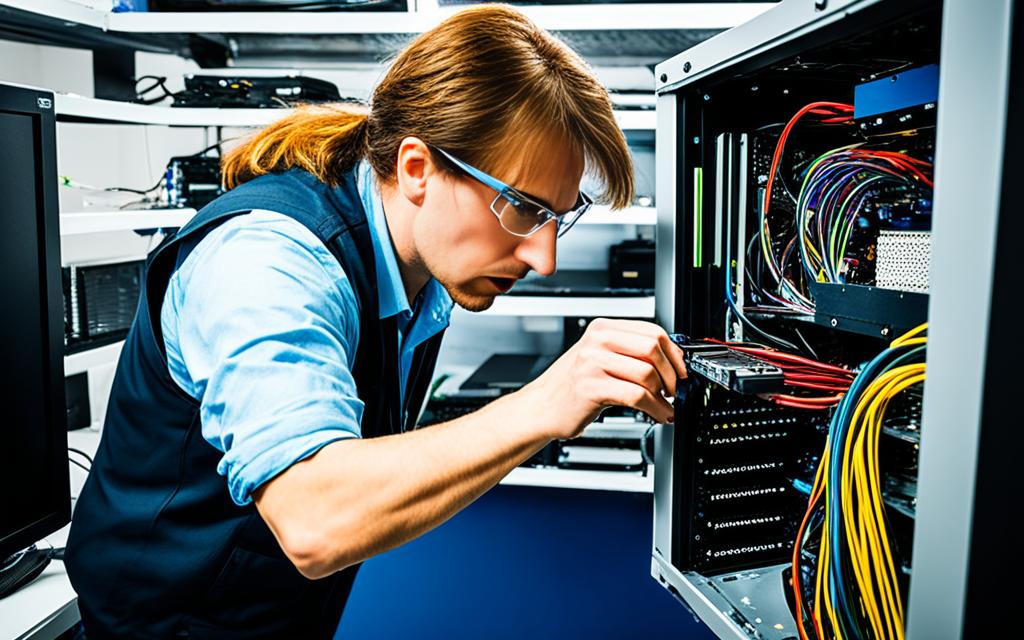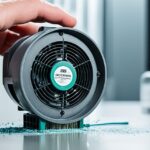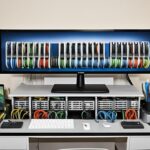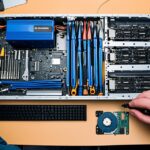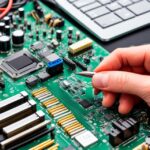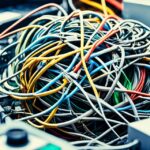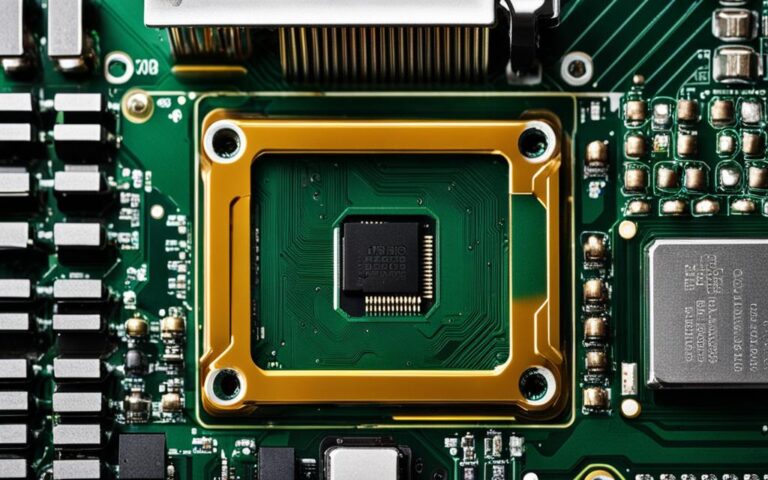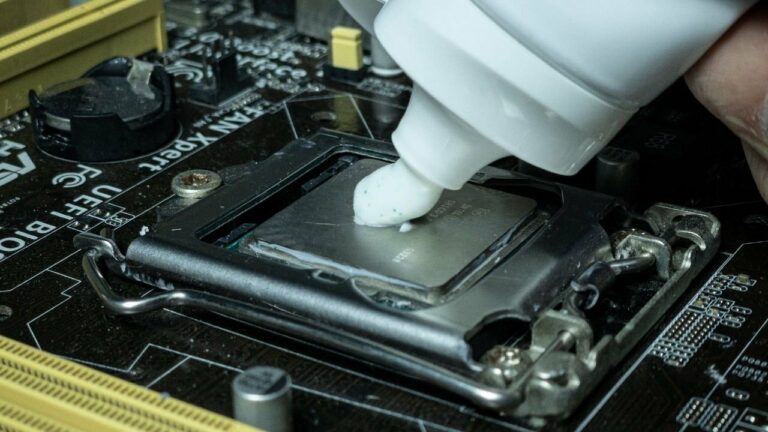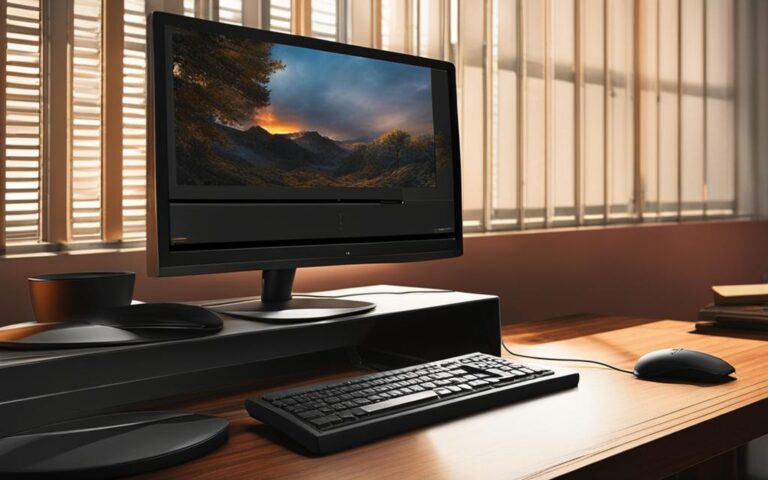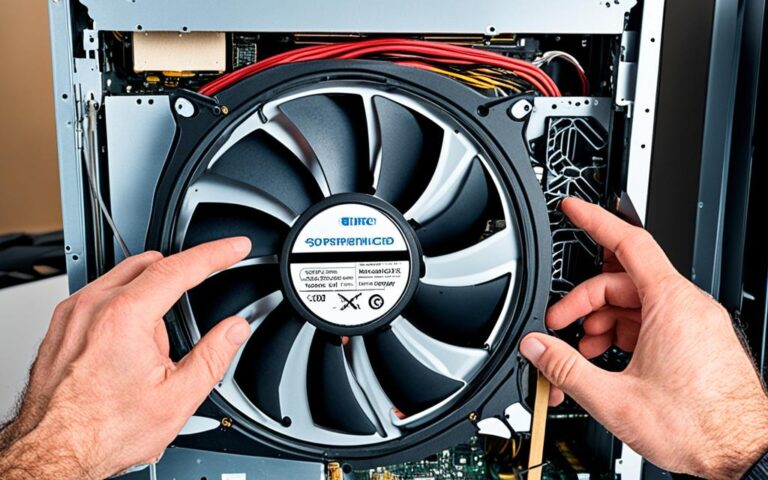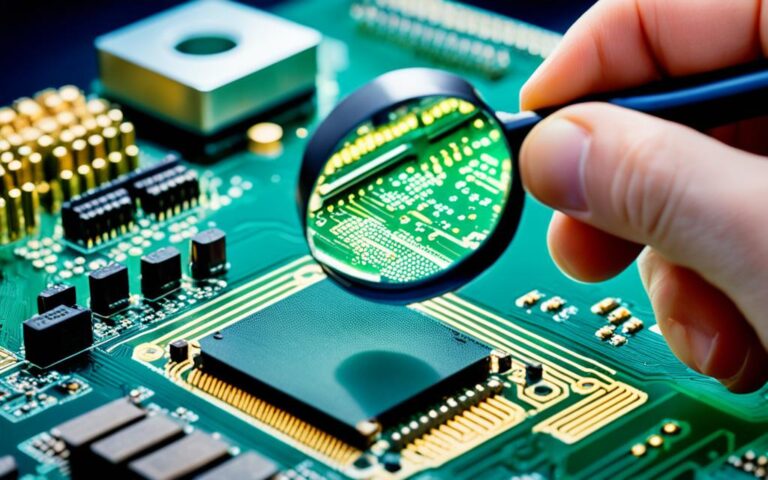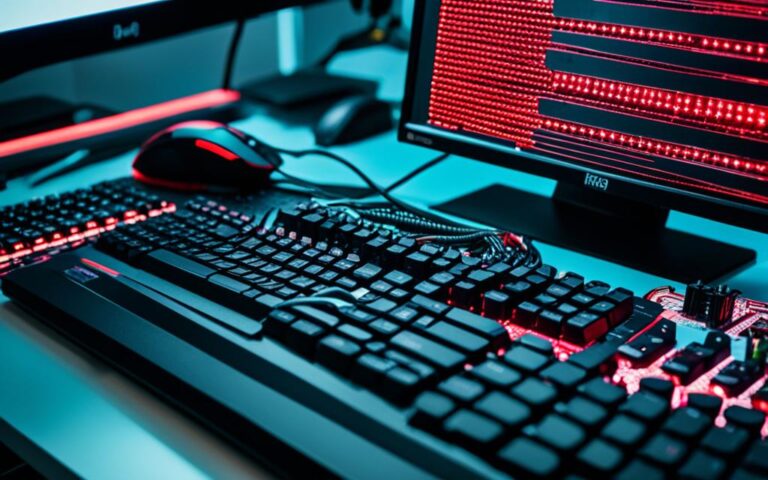Fixing Keyboard and Mouse Port Issues on Desktops
If you are facing issues with the keyboard and mouse ports on your desktop, you may be experiencing problems with port connectivity and performance. These issues can be frustrating, but there are troubleshooting steps you can take to resolve them.
Troubleshooting Hardware and Connections
When facing keyboard and mouse port issues on your desktop, the first step towards a solution is to perform hardware troubleshooting. By following these steps, you can identify and resolve common connectivity problems related to USB cables, USB ports, wireless connections, and device testing.
1. Unplug and Reconnect: Start by unplugging all USB cables connected to your PC and wait for a moment before reconnecting them. This action can help refresh the connection and resolve any temporary disruptions.
2. Try Different USB Ports: If the port issue persists, try using a different USB port on your PC. Sometimes, a specific port may not be functioning properly, and switching to another port can establish a stable connection.
3. Remove USB Hubs: If you are using USB hubs, remove them temporarily and connect your devices directly to the PC. USB hubs can introduce additional complexities and lead to connectivity problems.
4. Check Cable Integrity: Ensure that the USB cables connecting your devices are not damaged or frayed. Faulty cables can hinder proper data transmission and cause intermittent disconnections.
5. Inspect Wireless Devices: If you are using wireless keyboards or mice, check the battery or power supply for sufficient charge. Additionally, look for reset buttons on the devices or USB receivers, as pressing these buttons can establish a stable connection.
- Wireless Keyboard: Check the battery or power supply. Look for a reset button on the device or USB receiver.
- Wireless Mouse: Check the battery or power supply. Look for a reset button on the device or USB receiver.
6. Test on Another PC: If the port issue persists, try connecting the problematic device to another PC. This step can help determine if the problem lies with the device itself or the original PC’s hardware configuration.
By troubleshooting your hardware and connections using the steps outlined above, you can effectively address keyboard and mouse port issues on your desktop. These simple yet essential troubleshooting methods can save you time and frustration, ensuring that your devices function optimally.
Cleaning and Maintenance
If your USB ports are not working properly, it is possible that debris or grime is blocking the connection. Inspect the USB ports for any visible blockage and use a flashlight to get a closer look. Gently remove any debris using a toothpick or compressed air. Be cautious when using compressed air to avoid condensation buildup. If you notice that wiggling the device slightly allows for a temporary connection, there may be a physical issue with the port. In such cases, you may need to open the computer’s chassis for further inspection or seek professional assistance.
Regular cleaning and maintenance of your USB ports can help prevent connectivity issues. Here are some cleaning tools you can use:
- Anti-static brush: This tool helps remove dust and debris without causing any damage to the port.
- Cotton swabs: Use these swabs with a small amount of rubbing alcohol to clean the port and remove stubborn grime.
- Compressed air: Use a can of compressed air to blow away dust and debris from the port. Remember to hold the can upright and use short bursts to avoid condensation buildup.
- Toothpick: A toothpick can be helpful for gently dislodging larger debris from the port. Be careful not to exert too much pressure or damage the port.
Remember to power off your computer and remove any connected devices before attempting any cleaning or maintenance. It is also recommended to consult your computer’s manual or seek professional assistance if you are unsure about opening the chassis or handling internal components.
Restarting and Updating
Sometimes, a simple restart can resolve USB port issues caused by internal errors. Restarting your computer can help refresh system processes and clear any temporary glitches. To restart your computer on Windows, click the Start menu, select the Power button, and choose Restart. On Mac, click the Apple menu and select Restart.
Additionally, keeping your computer updated with the latest software and drivers can help fix any issues related to USB ports. Regular system updates often include driver updates that can address compatibility and functionality problems. Here’s how you can check for system updates:
For Windows Users:
- Go to the Start menu and click on the Settings icon (a gear-shaped symbol).
- In the Settings window, select Update & Security.
- Click on Windows Update in the left sidebar.
- Finally, click the Check for updates button and follow the on-screen instructions to install any available updates.
For Mac Users:
- Click on the Apple menu in the top left corner of your screen.
- Select System Preferences from the drop-down menu.
- In the System Preferences window, choose Software Update.
- Click Check Now to scan for available updates. If any updates are found, click Install Now to proceed.
By restarting your computer and keeping it updated with the latest software and drivers, you can effectively troubleshoot and resolve USB port issues caused by internal errors or outdated configurations.
Managing USB Controllers and Power Settings
USB ports on your computer are controlled by specific drivers. If there are issues with these drivers, your USB ports may become unusable. To resolve this problem, follow the steps below:
-
For Windows users, access the Device Manager by pressing the Windows key + X and selecting Device Manager from the menu. Mac users can access it through the Apple menu > About This Mac > System Report.
-
In Device Manager/ System Report, locate the USB Host Controller drivers and right-click on them. Click on Uninstall to remove the drivers from your system.
-
Allow the drivers to uninstall completely before rebooting your computer.
-
After the reboot, the USB Host Controllers will automatically reinstall. Check if the USB ports are functioning properly.
-
For Mac users, an alternative method is to reset the System Management Controller (SMC), which is responsible for hardware functions. Refer to the Apple support website for instructions specific to your Mac model.
Additionally, USB port functionality can be affected by power management settings, such as USB selective suspend. To prevent the USB ports from turning off unnecessarily, disable USB selective suspend in Power Options. Follow the steps below:
-
Press the Windows key + X and select Power Options from the menu.
-
In Power Options, click on Change plan settings for the selected power plan.
-
Click on Change advanced power settings.
-
Expand USB settings and USB selective suspend setting. Change the setting to Disabled for both On battery and Plugged in.
-
Click on Apply and OK to save the changes.
By managing USB controllers and power settings, you can troubleshoot and resolve USB port issues caused by driver problems and power management settings.
Conclusion
In conclusion, troubleshooting keyboard and mouse port issues on desktops can involve several steps to ensure optimum performance and connectivity. By following these steps, you can effectively address common problems related to Keyboard/Mouse Port Repair, resolve connectivity issues, and enhance the functionality of your USB ports.
To begin with, check the hardware by unplugging and re-connecting USB cables, trying different USB ports, and ensuring that cables are not damaged. Additionally, consider testing your devices on another PC to determine if they need to be replaced. Updating device drivers, either through Windows Update or manually, can also help resolve port issues and improve connectivity.
If the issues persist, consider cleaning the USB ports to remove any debris or blockage that may be hindering the connection. You can use a toothpick or compressed air to gently remove any visible debris. Additionally, restarting your computer and updating your system’s software can help resolve internal errors that may be affecting the USB ports.
Finally, managing USB controllers and power settings is crucial for maintaining optimal USB port functionality. Uninstalling and reinstalling USB Host Controller drivers can help resolve driver-related issues, while disabling power management settings such as USB selective suspend can prevent unnecessary turning off of USB ports.
If despite these efforts, the problem continues, it is advisable to seek professional assistance or reach out to the manufacturer for further support. Remember, always backup your data before making any changes to your computer to avoid the risk of data loss.
